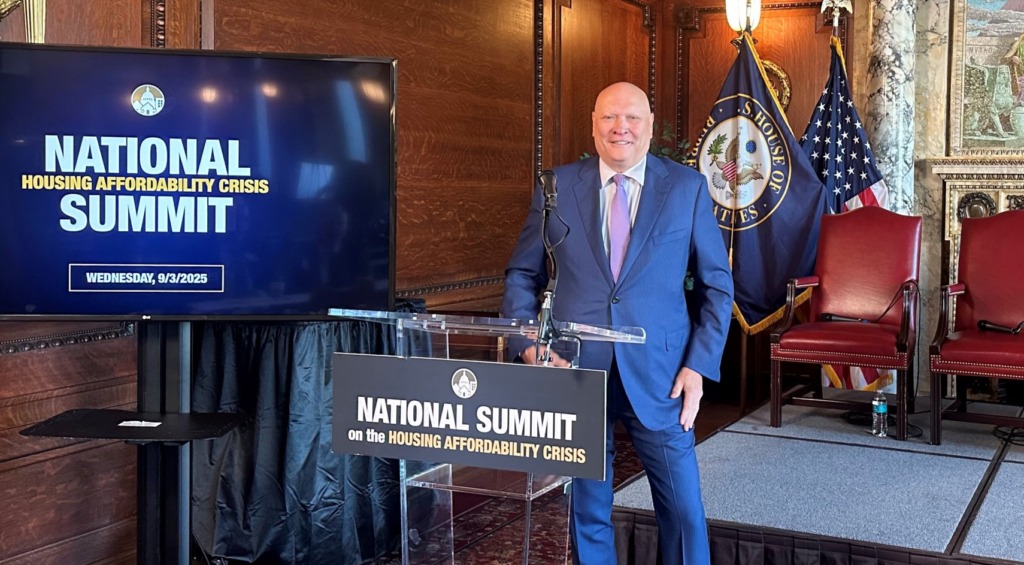
Congress returned from recess this week with housing affordability at the forefront, as lawmakers, industry leaders, and advocates launched new legislation, coalition efforts, and regulatory proposals aimed at expanding supply and lowering barriers to residential development.
Summit on Housing Affordability

Bipartisan Housing Legislation
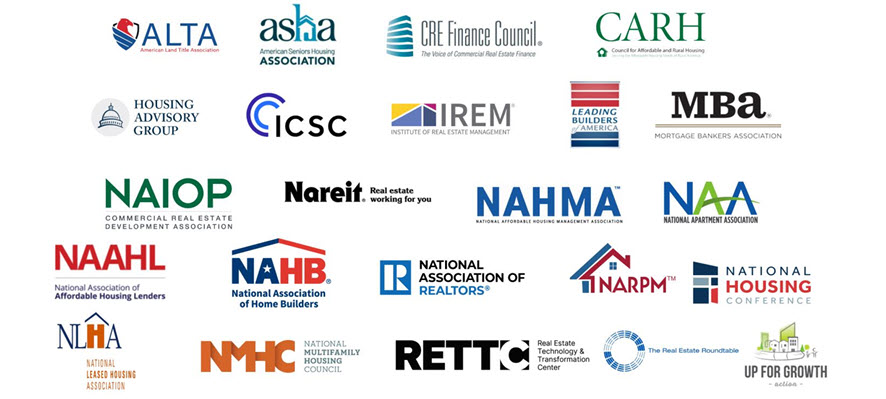
Coalition Seeks Flexibility on Davis-Bacon

What’s Next
With Congress back in session, housing advocates are pressing for quick action on bipartisan bills and regulatory reforms. RER will continue to push for policies that expand supply, modernize outdated rules, and foster partnerships to address the nation’s affordability crisis.

Major changes to the federal tax code’s clean energy incentives, signed into law on July 4 by the One Big Beautiful Bill (OB3) Act, continue to reshape the future of building-related solar, storage, and energy efficiency investments.
Energy Tax Incentives
Solar “Beginning of Construction”

EPA ENERGY STAR

California Guidance on Climate Reporting
Housing Affordability and Energy Codes
RER will continue advocating to the Trump administration and Congress for clear, workable policies that support long-term real estate energy investments.
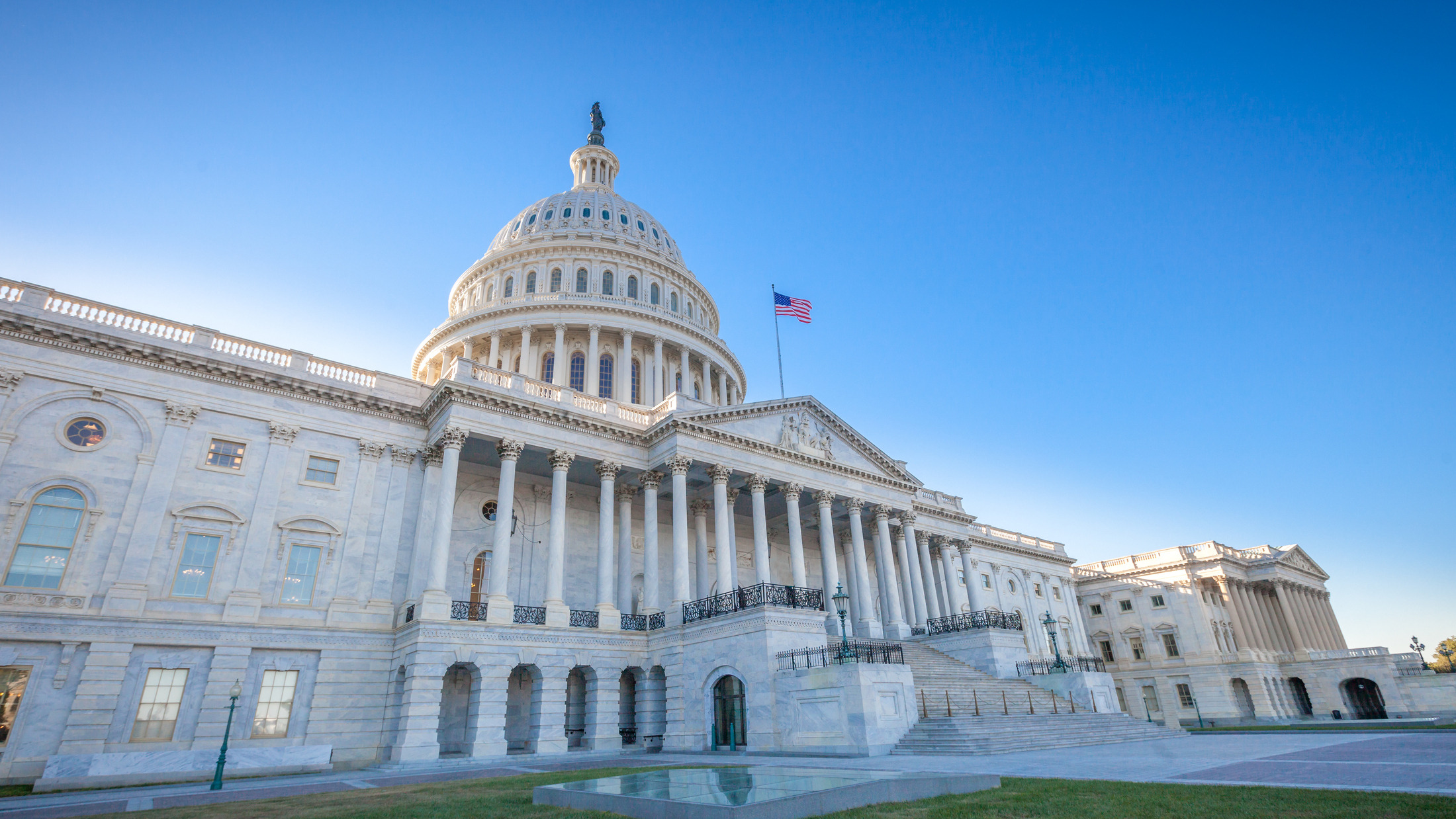
Congress returned from recess this week to heavy debate over government spending and the looming risk of a shutdown. Meanwhile, a new push for permitting reform gained steam.
Back in Session
Roundtable on the Road
Permitting Reform Push

Looking Ahead
RER will keep engaging with policymakers on critical and emerging issues for the commercial real estate industry, particularly as momentum for permitting reform grows and congressional negotiations over the appropriations package heat up.
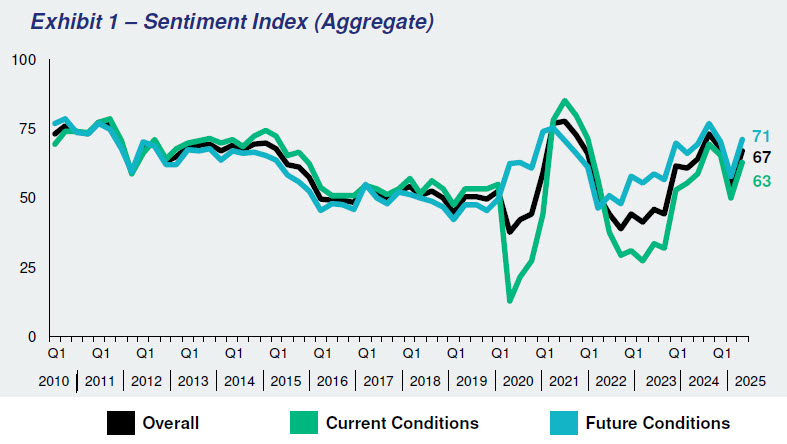
The Real Estate Roundtable’s Q3 2025 Sentiment Index shows increased confidence among industry executives as market conditions stabilize and sector-led growth emerges. The overall Index registered a score of 67—up 13 points from Q2—with notable increases in both the Current (63) and Future (71) indices. (Full Report)
Roundtable View
Topline Findings
The Q3 Sentiment Index topline findings include:
Market Dynamics
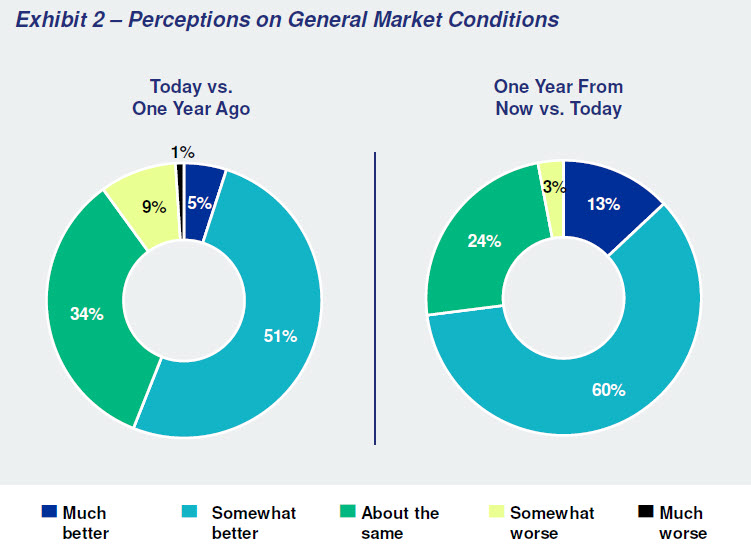
RER’s Q3 survey was conducted in July by Chicago-based Ferguson Partners. Read the full Q3 report.